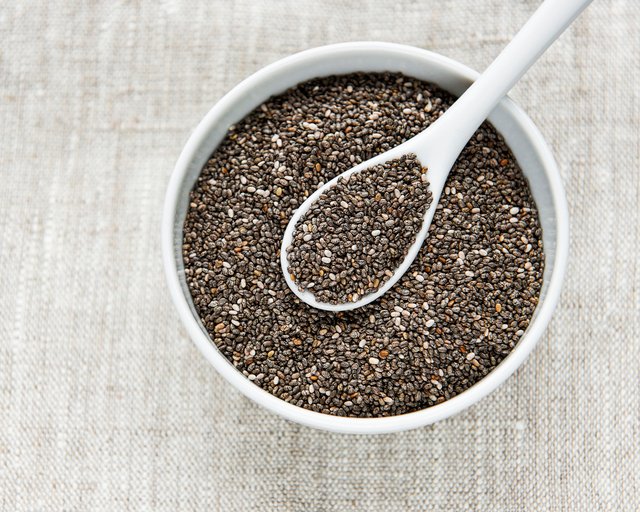Only in some situations does monkeypox spread on surfaces; here’s what you should know

We have posed the question, “What do you need to know about monkeypox?” to readers and listeners of KQED.
Despite the fact that humans have been infected with monkeypox for more than 50 years, a lot of false material regarding the illness and its transmission has surfaced online in the wake of the most recent outbreak in the United States. Among the most frequent queries we receive from our readership is: Should I be concerned about the risks associated with surfaces and monkeypox?
Monkeypox can affect anyone, regardless of sexual orientation or inclination. Gay and bisexual populations, as well as men who have sex with men, are currently disproportionately affected by the monkeypox outbreak in the United States. The World Health Organisation also warns that transgender and gender nonconforming individuals “may possibly be more vulnerable in the the current outbreak’s contextualization.”
The primary mode of transmission for the virus is intimate, skin-to-skin contact with an infected individual; this can involve sexual contact as well as other forms of interaction. Additionally, respiratory droplets from prolonged, very close face-to-face contact can transmit monkeypox. Sharing surfaces and objects is another, far less prevalent method of monkeypox transmission than skin-to-skin contact.
In light of this, how concerned should you be about the possibility of monkeypox spreading through the air or on surfaces?
The short answer is that if you live with someone who has monkeypox, your chance of contracting the illness via surfaces is higher. For all the information you require regarding surfaces and monkeypox dangers, continue reading.
Please keep in mind that the following advice is predicated on the knowledge and data professionals currently possess regarding monkeypox. Similar to COVID, you can discover that recommendations and best practices regarding monkeypox change and develop when new scientific data become available.
Do not see the answer to your query in the sections below or in our other tutorials on monkeypox? Send us a question, along with a list of topics to address.
While monkeypox can survive on surfaces, there is little chance that you will contract it this way.
The monkeypox virus can survive on surfaces for up to 15 days, according to a scientific study, according to the Centres for Disease Control and Prevention. Yes, that may sound somewhat concerning, but according to the most recent statistics, monkeypox doesn’t really travel well through pathways that don’t entail close physical or personal contact.
Only about 0.2% of those affected in this latest outbreak are believed to have contracted the virus via a contaminated surface, according to a report released by the World Health Organisation last week.
Syra Madad, an epidemiologist specialising in infectious diseases at Harvard’s Belfer Centre, recently stated to Slate that, “just because viral particles are present on a surface, it doesn’t mean that other people will become infected from them.” To put it another way, the virus must be sufficiently present in order for it to spread to uninfected people’s skin after being deposited onto the surface by an infected individual. “It’s not as simple as thinking that because someone touched this doorknob and had monkeypox, I’m going to get infected,” she adds.
In the home of someone who has monkeypox, clothing, materials, and surfaces are most likely to be a means of virus transmission, according to UCSF infectious disease specialist Dr Peter Chin-Hong. This is especially true when someone else has prolonged contact with those items as opposed to brief contact.
But hitting up the thrift store or Bed Bath & Beyond for bedding? He declared, “That’s very, very low risk.”
What about high-touch, common public areas like a pool or gym? Dr. Chin-Hong states that there is an extremely low chance of contracting monkeypox in a swimming pool. “There is very, very little risk involved in simply touching things in the yoga or fitness studio. It essentially pertains to a household setting when items are handled repeatedly over extended periods of time.
Even with the information at hand, the idea that the monkeypox virus could be on public transportation, door handles, apparel at a store, or any other shared environment feels unnerving, especially in light of all the headlines and TikToks that have been floating around about it. However, keep in mind that not everything that becomes popular online is confirmed or vetted, and that isolated incidents do not usually indicate a general risk.
Dr. Susan McLellan, an infectious disease specialist at the University of Texas Medical Branch in Galveston, Texas, provided NPR with the following viewpoint: “It’s likely that at least one sporadic case of someone getting it on a bus will occur during this outbreak,” she said. “But that will be extremely uncommon—likely less likely than getting hit by that bus,”
“We would be seeing it among a very different population than almost purely among the population where transmission is occurring mostly during close, intimate contact,” the expert said, “if monkeypox were easily transmitted on the tube, on buses.”
Airborne monkeypox can exist, but only momentarily
Additionally, respiratory droplets that an infected individual breaths out onto another person can transmit the monkeypox virus. For the virus to spread in this method, there would need to be intense, prolonged contact; long-term face-to-face communication or kissing are two possibilities.
That’s to say, albeit not in the manner you might think, monkeypox can indeed survive in the air. According to Dr. Chin-Hong, the question of whether monkeypox may spread through the air is “probably one of the most controversial areas right now.” He emphasises the significance of defining the term “airborne.”
The monkeypox virus is not believed to remain in the air for an extended amount of time, in contrast to COVID. That is to say, respiratory droplets released by a person infected with COVID-19 can linger in the air for a while and potentially infect someone else who enters the area. According to Dr. Chin-Hong, the monkeypox virus functions differently. By definition, COVID is a respiratory virus, he says. “The monkeypox is not.”
“It won’t be how we think about ‘droplets’ or ‘airborne’ and COVID in general,” he states. Monkeypox cannot be contracted through casual discussions or by coming into contact with an infected person, such as in a store.
If not through intimate talks or kissing, then how else might one possibly contract monkeypox “in the air”? This is the point at which living with a monkeypox sufferer increases the virus’s potential for spreading.
Dr Chin-Hong uses the illustration of a person who has monkeypox who sleeps in a bed and scabs from the rash fall onto the linens. “These little scabs are filled with a virus which can survive for some time, but then go in the air, and if you inhale it, you can be afflicted with monkeypox,” the person who changes the sheets the following morning warns anybody who comes in and waves them around in the air.
According to Dr. Chin-Hong, some people have definitely contracted monkeypox in this manner within houses, but “just because these little scabs are floating in the air temporarily.” Because of this, the San Francisco Department of Public Health firmly advises against shaking out towels and bedding that has been contaminated with monkeypox.






